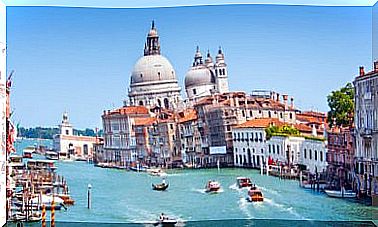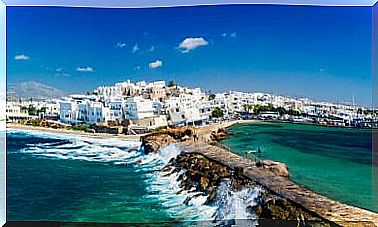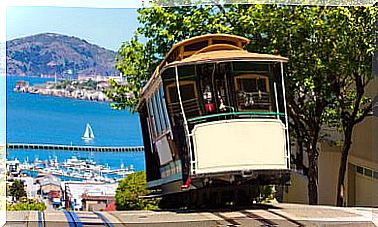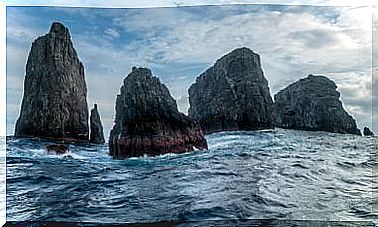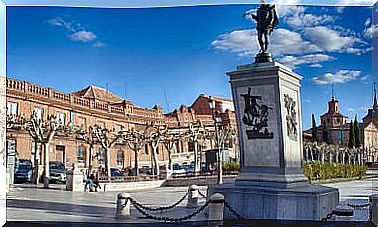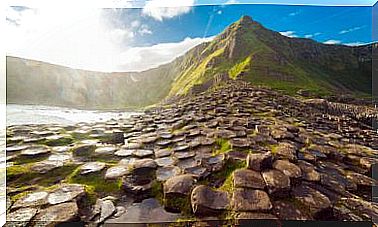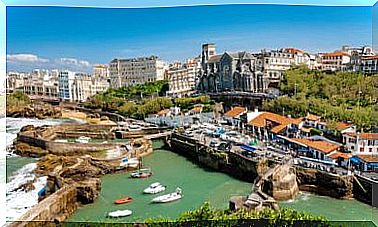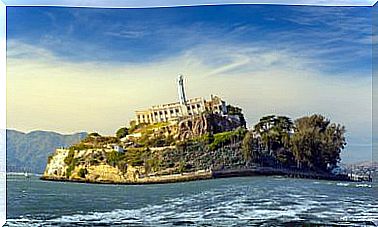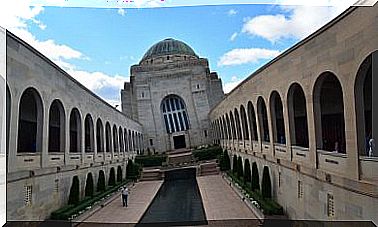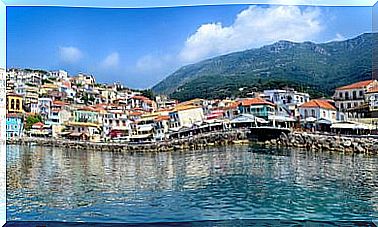Get To Know The Monastery Of San Zoilo In Carrión De Los Condes
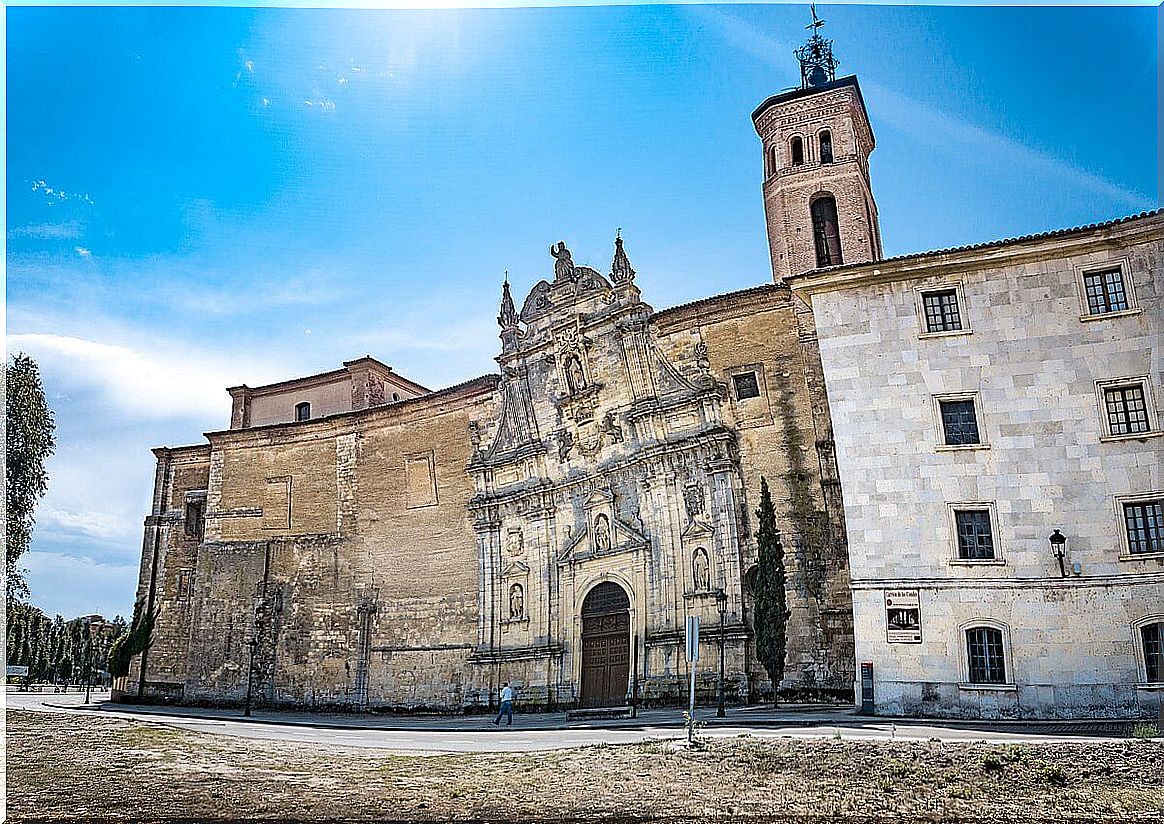
Located in the Palencia town of Carrión de los Condes, the San Zoilo monastery is a jewel of Cluniac architecture in Spain. Main part of the Camino de Santiago, its origin dates back to the 10th century, although it has undergone subsequent reforms. At present, the Hotel Real Monasterio San Zoilo remains open there.
The history of the monastery of San Zoilo
Founded with the name of the monastery of San Juan Bautista in the 10th century as a small monastery of monks, it would soon change its dedication with the arrival of the remains of San Zoilo from Córdoba in the 11th century. It would be the Counts of Carrión, Don Gómez Díaz and his wife, the Infanta de León Dona Teresa Peláez, who promoted its expansion and transferred it to the Order of Cluny.
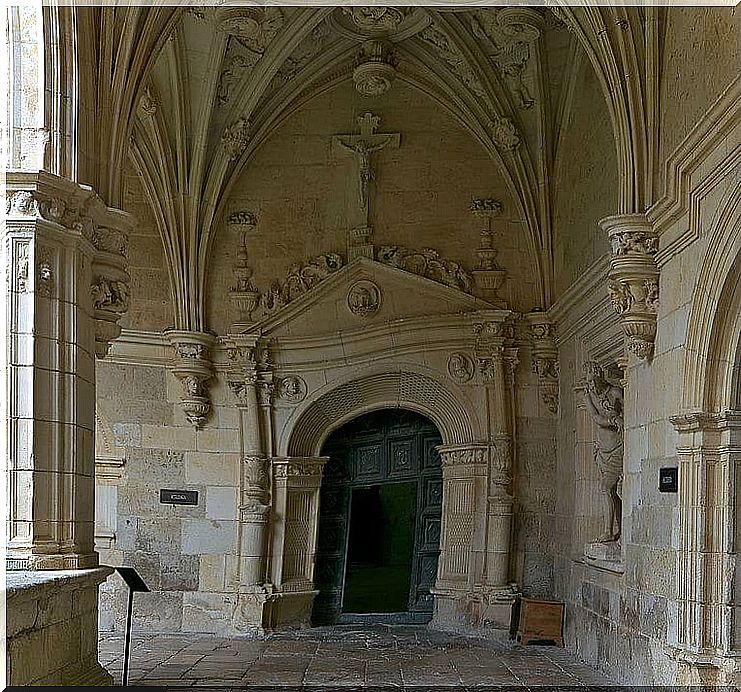
It served as a hospital for pilgrims, a royal residence and a pilgrimage center for the devotees of San Zoilo. It will be from the 15th century when it begins to have a greater importance, since at that time great reforms are carried out that will result in the architectural image that this monastery offers us today.
In that century, moreover, it passed into the hands of the Benedictines and from there to the Society of Jesus. In the 20th century, it would be a Minor Seminary to later become a hotel, although the monumental part can still be visited freely.
The monastic ensemble
The whole of the Monastery of San Zoilo de los Condes de Carrión is made up of a church, cloister and inn. The highlight of all is the beautiful cloister.
The cloister of the monastery of San Zoilo

It is an authentic Plateresque style marvel that was made between the 16th and 17th centuries. Its construction is due to Juan de Badajoz el Mozo, Pedro de Castrillejo and Juan de Celaya. In addition, this beautiful and enormous cloister has a spectacular decoration thanks to the hands and art of Miguel de Espinosa and Antonio Morante.
There you can see impressive representations of the genealogy of Christ starting from King David to Joseph and Mary. It also has medallions with portraits of monks of the Benedictine order, vases with flowers, secondary sculptures and a myriad of motifs that make it worth taking a slow stroll through it to admire all its details.
In it are the headquarters of the Center for Studies and Documentation of the Camino de Santiago and the Jacobean Library. And in the Galilea room, which connects the cloister with the church, there are temporary exhibitions referring to the Camino de Santiago. In addition, there you will be able to contemplate the capitals of the old Romanesque cloister, today disappeared.
Church
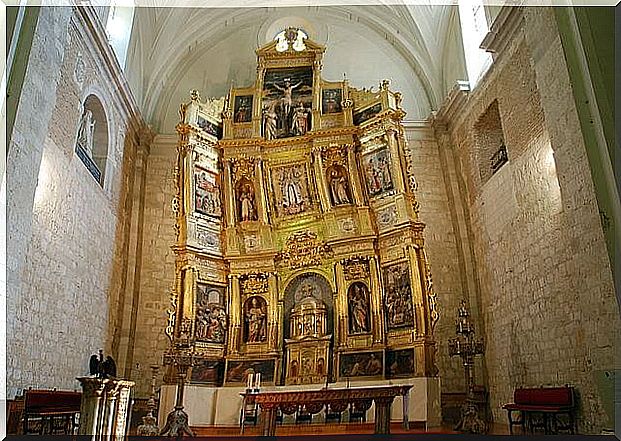
For its part, the image of the current church dates from the seventeenth century. However, there are still remains of the Romanesque church with areas where the checkered checkered decoration is preserved, something that connects it with the church of Frómista. In this area, there is also a carved capital with the scene of Samson against the lion.
It is a temple with a single nave with a small transept and a dome over it. It has a double choir at the feet, the smallest being the one for the sick. Meanwhile, its main altarpiece is a work attributed to the great sculptor Gregorio Fernández.
In addition, you will see a sample of stone sarcophagi of several of the nobles of the area. The temple also houses a silver urn from the 18th century with the relics of San Zoilo.
Another of his jewels are textiles of Islamic origin known as the ‘Manto del Conde y de la Condesa’. One is blue and the other red and they have been declared a Site of Cultural Interest (BIC). They are fabrics of enormous value, as they were a gift that the sultans of Córdoba sent along with the relics of San Zoilo, San Félix and San Agapito to the Counts of Carrión in the 11th century.
The visit to the monastery of Carrión de los Condes
The visit to this monastery can be done several days a week, but it will depend on the time of year in which we are, so you should make sure that it is open before going. It has several rates and if you are doing the Camino de Santiago you can benefit from a discount.
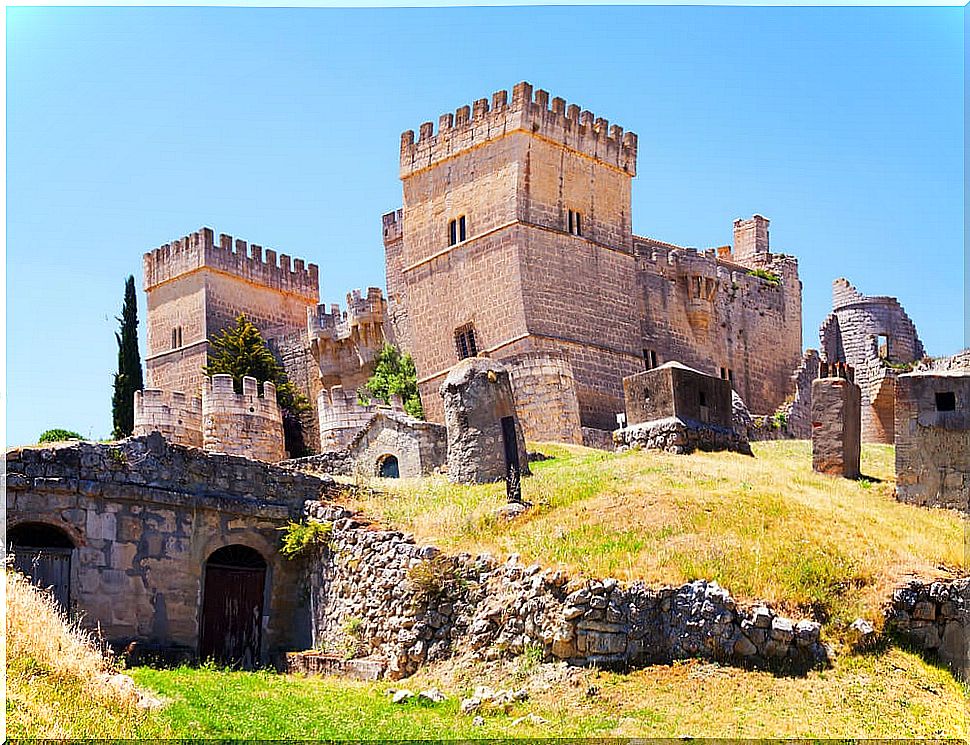
Main photography: Dbascones / Wikimedia Commons
